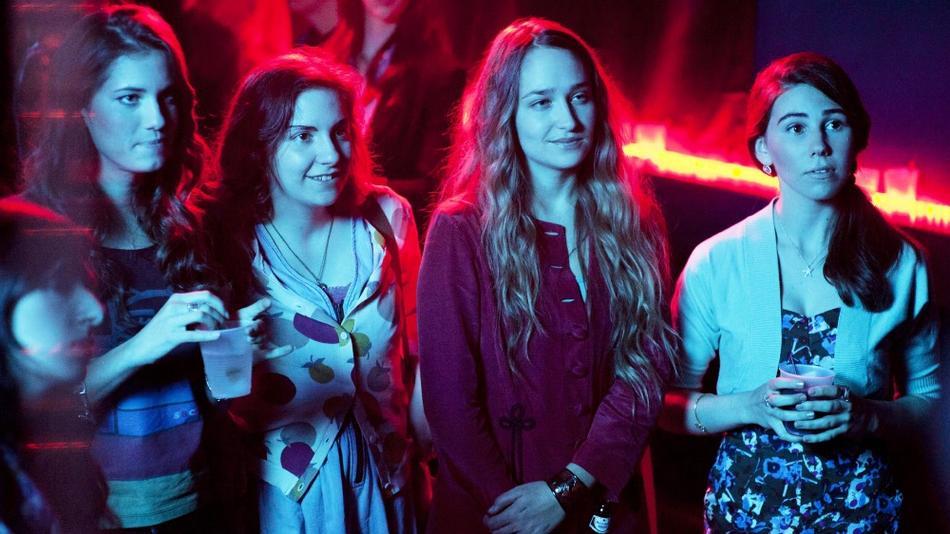
Imagine, you're a television network that has produced a hit show. Viewers are live tweeting up a storm during every broadcast. They've created viral fan accounts on Tumblr and Instagram. Critics have deemed the program a "phenomenon." Now imagine having too many legal restrictions in place to fully extend that phenomenal content on official social media channels.
It's a phenomenon most networks are well aware of, and their social media strategies are forced to take a back seat to fan communities, often due to legal and creative restrictions placed upon their source material.
Girls, HBO's hipster answer to Sex and the City, has found itself at the mercy of a GIF generation without enough street cred to keep things real on official social channels. The network attempted to play the GIF game with "What Should We Call Girls," a Tumblr page created in November. Great, right? Well, it couldn't ignore legal restrictions and included a list of "rules" fans are meant to follow if creating their own animations.

Buzz kill or Buzzfeed? Neither. WSWCG is merely one of many pages helping propel Girls in the right direction on social media, albeit the only one with an "official" label. Of course HBO should have created a Tumblr account highlighting GIFs. But, it doesn't need to be the most popular page in existence.
"Sometimes, quite frankly, the fans do it better than we do," Sabrina Caluori, vice president of social media and performance marketing at HBO, said at a recent Social Media Week event. "We're not on Instagram for Game of Thrones because there are 10 fan accounts who can post content more quickly than we can and post content that we wouldn't legally be able to do."
It's easy to think entertainment brands like television, movies, and Broadway shows have an endless amount of cool assets to utilize when creating digital content. After all, when the likes of Lena Dunham and David Mamet are writing your source material, why wouldn't marketers easily be able to push that out on social channels?
Copyright, union restrictions and creative license concerns are just a few of the hurdles brands face when thinking of ways to extend storylines or showcase behind-the-scenes activities through digital media.
"We as marketers would never say that we are the creators," Caluori said. "Lena Dunham is the voice of Girls and we are never going to create a side storyline that isn't written by her or somebody that is in her show capacity. The challenge we always have is that there is a lot of excitement to do these ancillary storylines."
Broadway's Next to Normal did this on Twitter through digital storytelling -- the musical's book writer, Brian Yorkey, was tasked with adapting the show into 140-character messages. But, what happens when a playwright isn't involved in digital creation? As Caluori points out, a marketer should not dare try writing something for a character that isn't written by the creator.
Should more show creators be contractually obligated to write digital versions of story lines to extend the action? Perhaps. Yorkey bought into the idea, although, he admitted that it sounded like "a bit of a chore." Lena Dunham is quite the avid Twitter user, taking to the social network for fan interaction during broadcasts.
Twitter sees great power in actors and show creators joining the social conversation during broadcasts. The social media company works directly with celebrities to encourage, and tout, real-time engagement. They often promote upcoming actor Twitter sessions on their blog. Marketers at HBO can now let the likes of Dunham help generate social buzz without needing to create their own "marketing" content.
While an industry like Broadway can't rely on actors tweeting during a performance -- they have a nasty habit of being on stage while a show is taking place -- there are creative types offstage that keep social chatter going. Broadway songwriter Lin-Manuel Miranda is always taking to Twitter and boosting fan engagement. If Twitter employees want to kick things up a notch, try arranging for the likes of Stephen Sondheim to jump on the digital bandwagon -- 140-character lyrical outtakes, perhaps?
And what about the GIF situation? Take a page out of HBO's playbook and yield to the fans. Those fans can often be social media influences, a demographic that should be included in any solid social media strategy. Take the master of cranking out GIFs in near real-time, New York Times cultural reporter Dave Itzkoff. He has become an amusing leader in the world of fan-generated digital content.
Brands can be great storytellers, but so can fans. A tweet, GIF, or Vine doesn't need a verified badge behind it to make it successful marketing. Can't crank out your own hot Instagram images on an official account? Round up the great stuff your fans are creating and spotlight their work. We now live in the age of content marketing. If you can't create it, don't give up, give in and embrace the fans. Just make sure those monitoring tools are fired up.
Image courtesy of HBO
